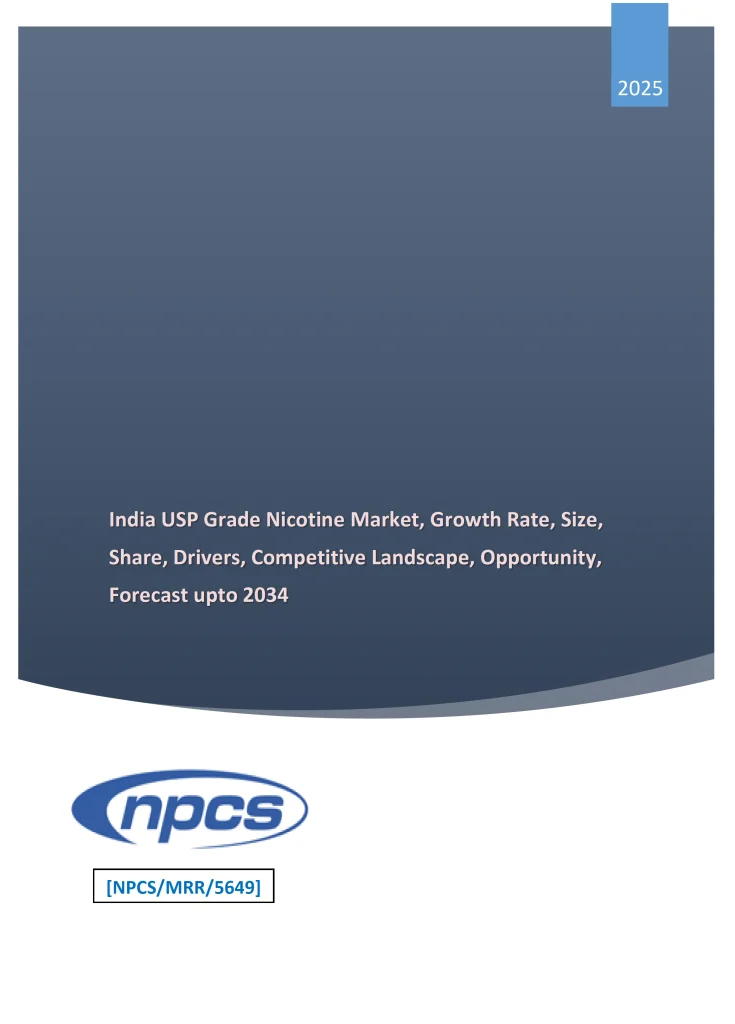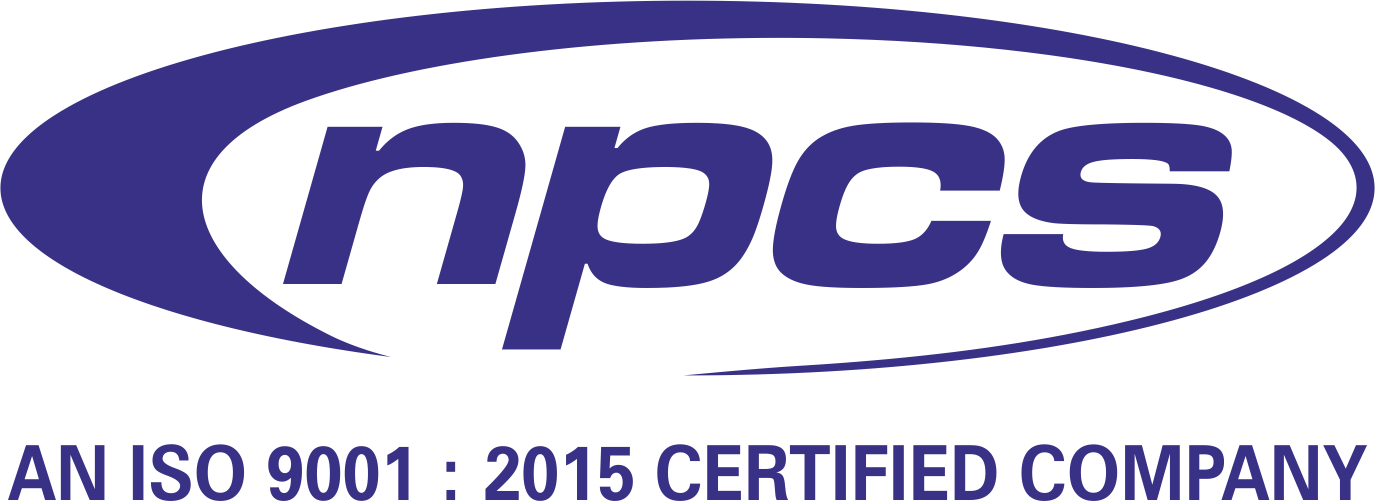The Solar PV Power and Solar Products Handbook is a vital resource for entrepreneurs, engineers, and investors looking to enter or expand in the rapidly growing solar energy industry. This comprehensive guidebook covers everything from photovoltaic (PV) technology, solar product design, and system integration to market trends and manufacturing setups. As the world shifts toward clean energy solutions, solar power is leading the charge—making such a handbook indispensable for success in this dynamic field.
Whether you’re planning to manufacture solar panels, launch a rooftop solar installation company, or produce solar-based consumer products like lanterns, water heaters, or streetlights, this handbook provides in-depth knowledge, process guidelines, and technical insights.
Visit this Page for More Information: Start a Business in Renewable Energy Industry
1. Understanding Solar PV Power and Its Market Potential
Solar PV (photovoltaic) power refers to the conversion of sunlight directly into electricity using semiconducting materials. It is one of the most sustainable and scalable forms of renewable energy available today.
Key Facts:
-
India aims to achieve 500 GW of non-fossil fuel capacity by 2030, with solar PV forming the bulk of it.
-
The global solar PV market was valued at over $150 billion in 2023 and is projected to grow at a CAGR of over 20%.
-
Rooftop, off-grid, and utility-scale PV systems offer business potential across urban and rural landscapes.
The handbook dives deep into this market, offering statistics, case studies, and regulatory frameworks relevant to national and international deployment.
2. Types of Solar PV Systems Explained in the Handbook
A core section of the Solar PV Power and Solar Products Handbook is dedicated to system categorization:
a. Grid-Connected Solar Systems
Used in homes, offices, and factories to reduce dependence on traditional electricity grids. Surplus energy is exported back to the grid via net metering.
b. Off-Grid Solar Systems
Standalone systems designed for rural or remote areas where electricity access is limited. Often paired with batteries.
c. Hybrid Solar Systems
These combine solar, battery, and grid power for maximum efficiency and uninterrupted supply.
Each system type includes design diagrams, sizing calculations, and component selection methods to guide new entrepreneurs or technicians.
3. Manufacturing Insights on Solar PV Modules
The handbook offers a comprehensive guide to setting up a solar panel manufacturing unit, covering:
-
Types of solar cells: Monocrystalline, Polycrystalline, Thin-Film
-
BOM (Bill of Materials): EVA sheets, tempered glass, backsheet, solar cells, frames, junction boxes
-
Production process:
-
Cell interconnection and tabbing
-
Lamination and framing
-
Flash testing and quality control
-
It also covers automated vs. semi-automatic setups, production line layouts, and estimated investment costs for small, medium, and large-scale units.
Read Similar Articles: Renewable Energy
4. Solar Products Covered in the Handbook
The Solar PV Power and Solar Products Handbook doesn’t limit itself to just panels—it includes a wide range of solar-based consumer and industrial products:
a. Solar Lanterns and Streetlights
Ideal for rural markets and government schemes like Saubhagya Yojana.
b. Solar Water Heaters
Popular in residential complexes and hotels, especially in sunny regions.
c. Solar Pumps for Agriculture
Used for irrigation in remote farmlands. The handbook covers types (AC/DC), sizing, and maintenance.
d. Solar Chargers and Power Banks
Emerging as eco-friendly solutions for personal electronics.
e. Solar Inverters and Batteries
Technical specifications, installation guides, and maintenance procedures are detailed.
Each product includes a technical datasheet, circuit design, list of materials, and assembly instructions.
5. Government Policies and Subsidies
One of the most useful sections in the Solar PV Power and Solar Products Handbook is its coverage of government incentives and compliance:
-
MNRE (Ministry of New and Renewable Energy) guidelines
-
Central and state-level subsidies for residential, commercial, and agricultural solar setups
-
GST rates applicable on solar components
-
Details about applying for Renewable Energy Certificates (RECs) and carbon credits
For business owners, this section is critical for maximizing profit margins while maintaining legal and environmental compliance.
6. Installation, Maintenance & Safety Standards
The handbook includes installation best practices, O&M protocols, and safety checklists for solar PV systems:
-
Mounting structures and tilt angle optimization
-
Wiring and grounding techniques
-
Battery safety and lifecycle management
-
Inverter troubleshooting and performance analytics
-
Fire and electrical safety precautions
Visual aids such as wiring diagrams, component layouts, and safety flowcharts help new installers and technicians understand procedures quickly.
7. Emerging Trends Covered in the Handbook
To stay ahead of the curve, the Solar PV Power and Solar Products Handbook also outlines new and emerging trends:
-
BIPV (Building Integrated Photovoltaics): Solar tiles and facades
-
Floating Solar Power Plants: Suitable for water reservoirs and dams
-
AI & IoT in Solar: Smart monitoring systems and predictive maintenance
-
Perovskite Solar Cells: Next-gen flexible and efficient materials
-
Green Hydrogen: Solar-based hydrogen generation potential
The handbook discusses how to integrate these innovations into business and R&D strategies.
8. Who Should Use the Solar PV Power and Solar Products Handbook?
This guidebook is tailored for:
-
Entrepreneurs planning to enter the solar industry
-
Solar EPC (Engineering, Procurement, Construction) companies
-
Electrical and mechanical engineers exploring renewable energy
-
Policymakers and consultants in energy transition planning
-
Students and academic institutions involved in solar technology
Read our Books Here: Solar Products
9. Business Opportunities Highlighted in the Handbook
The solar market is ripe for growth in India and worldwide. The handbook outlines viable business opportunities such as:
-
Solar installation and AMC services
-
Third-party solar power sales under open access
-
OEM supply of solar components
-
White-label manufacturing for international buyers
-
Rural solar electrification via microgrids
With detailed cost projections, break-even analysis, and marketing strategies, the handbook becomes a blueprint for building a profitable solar business.
Conclusion
The Solar PV Power and Solar Products Handbook is more than a technical manual—it’s a roadmap for innovation, entrepreneurship, and sustainable development. As solar energy becomes central to the world’s energy future, this handbook equips you with the knowledge and tools to capitalize on the opportunity, whether you’re building panels, installing systems, or selling solar-powered products.
Related Feasibility Study Reports: Renewable Energy Sector
See More Links:
- Start a Business in Asia
- Start a Business in Potential Countries for Doing Business
- Best Industry for Doing Business
- Business Ideas with Low, Medium & High Investment
- Looking for Most Demandable Business Ideas for Startups
- Startup Consulting Services
- Start a Business in Africa
- Start a Business in India
- Start a Business in Middle East
NIIR PROJECT CONSULTANCY SERVICES
An ISO 9001:2015 Company
ENTREPRENEUR INDIA
106-E, Kamla Nagar, Opp. Mall ST,
New Delhi-110007, India.
Email: npcs.ei@gmail.com
info@entrepreneurindia.co
Tel: +91-11-23843955, 23845654, 23845886
Mobile: +91-9097075054, 8800733955
Website: https://www.entrepreneurindia.co
https://www.niir.org





